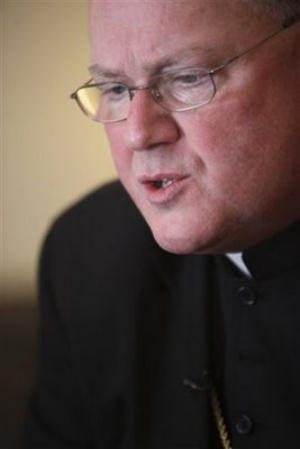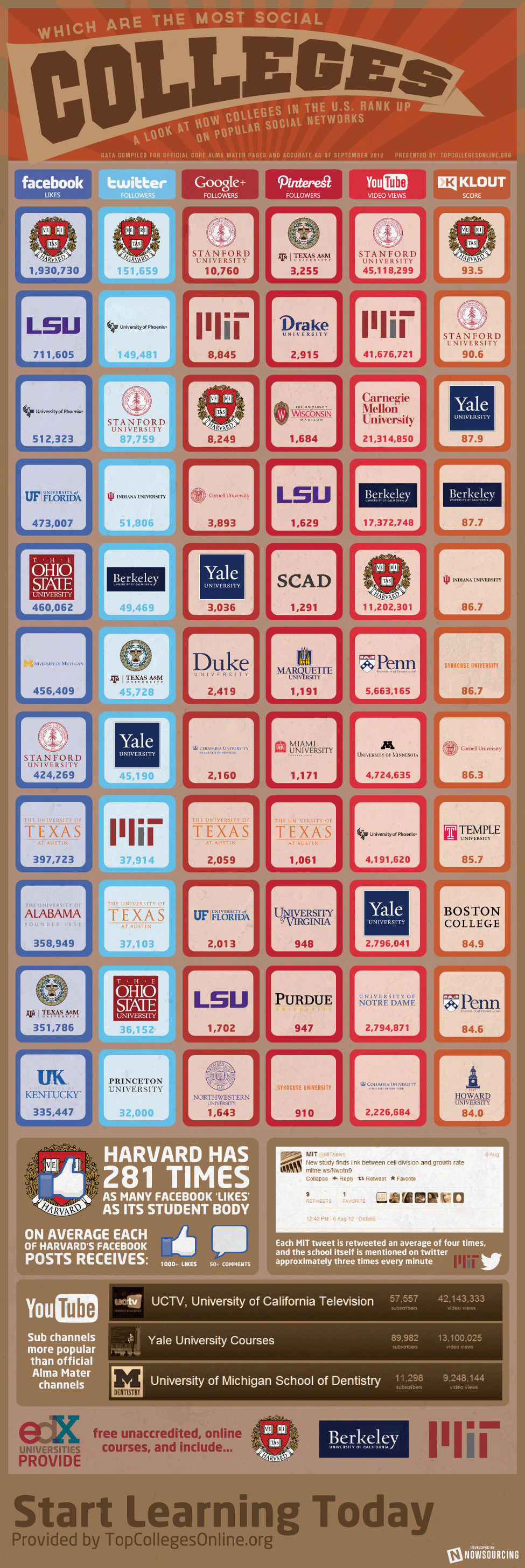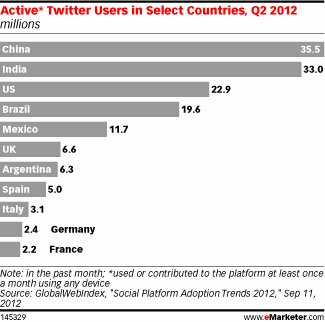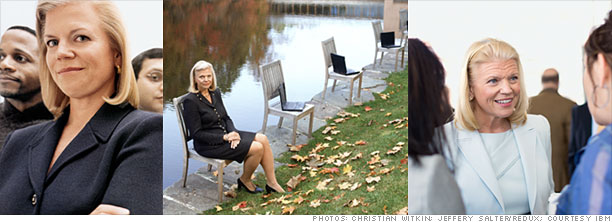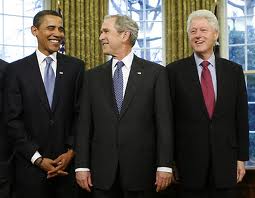|
Member's Blog
Blogs
Written by
Saturday, 6 October 2012 19:03
The First Presidential Debate: Remixed Politics breeds creative parody, and the response to this week’s Presidential debate is no exception. Some of the prime examples: The Gregory Brothers did their thing, and autotuned the debate:
Written by
Saturday, 6 October 2012 18:52
NEW YORK, NY (Ctaholic Online) - On the Feast of St Francis of Assisi, one day before he headed for Rome to participate in the historic Synod on the New Evangelization, Cardinal Timothy Dolan authored another outstanding column. It was one in a series he regularly pens for the "Catholic New York". The series is entitled "Lord, to Whom Shall We Go" and the article, entitled "Cherished Saint Brought Christ to World Around Him", However, though I share the Cardinal's appreciation for St. Francis, the little poor man of Assisi, I was concerned that the title of the Cardinal's recent column, dedicated to and written on the Feast of Francis, as well as its placement, might limit its readership. That would be tragic. The instruction and insights this column offers on the exercise of our faithful citizenship is simply too important! The concerns which the Cardinal shares must become the material out of which we approach this election and our own exercise of voting. I offer below a portion of the Cardinals recent article for your serious and prayerful reflection as November 6, 2012 draws near. ***** "Those Americans who have faith in God, and in His Son, Jesus, and venerate saints such as Francis, also find themselves in the middle of the world, and cherish our freedom to bring the teaching of Jesus, which we hear both in the Good News proclaimed in the Bible and in the life of Francis, to the public square and political process."
Written by
Tuesday, 25 September 2012 17:09
Did you know that Harvard has 281 times as many Likes on their Facebook Page as they do members of their student body, making them the number one college on that channel, with almost three times as many fans as LSU? Facebook, of course, was started at Harvard by CEO Mark Zuckerberg, so it kind of makes sense. But Harvard leads the way on Twitter, too. But what about the other social networks? Which U.S. colleges rule the roost on Google+, Pinterest and YouTube? Be still your beating heart, as all will be revealed, courtesy of this infographic, which takes a look at the top colleges across America on all the major social networks, and ranks them by their Klout score, too.
Written by Malek
Tuesday, 25 September 2012 17:06
Since it first opened its doors to the general public back in July 2006, Twitter has expanded rapidly around the world, quickly establishing itself as the de facto micro-blogging network in almost every major country. In August we looked at a study that suggested, perhaps unsurprisingly, that the bulk of Twitter’s 500 million (and growing) registered membership was located in the USA, with some 141.8 million users. But what about active users? Which country heads that table? Well, according to eMarketer, citing a GlobalWebIndex report, it’s… China. Yep. That China. The one that’s been blocking Twitter.com since June 2009. Despite this obvious problem, the GlobalWebIndex estimates 35.5 million of Twitter’s 140+ million active Twitter users are to be found in China. Or, to put it another way, one quarter. Of everyone. On Twitter. Which, I guess, says a lot about how important all of us feel it is to be privy to Twitter as an open source of free information, irrespective of the risks (which, in China, can be considerable). Logistically, of course, this makes sense, as China is the biggest country in the world, so it should be number one on Twitter, too. But in reality it’s very much a surprise, simply because the country – or its government at least – has been so hostile towards the top internet sites in the West, which includes social media (Facebook is also blocked). The U.S. wasn’t even second – that placing belongs to India, which only narrowly trails China at 33 million active users. The U.S. (22.9 million), Brazil (19.6 million) and Mexico (11.7 million) round out the top five. The GlobalWebIndex defines an active Twitter user as somebody who has used or contributed to the platform at least once in the past month using any device, which is exactly the same way as Twitter does it. So, surprising as these numbers might be – and it’s important to remember that they are estimates – there might just be something to them. (Source: eMarketer.)
Written by News
Thursday, 20 September 2012 21:42
She's earned the No. 1 spot in our annual ranking of the Most Powerful Women in Business. But to keep Big Blue growing, Rometty will have to sell IBM like never before. By Jessi Hempel, senior writer
FORTUNE -- Ginni Rometty's first customer conference as CEO of IBM (IBM) was an unusual affair, especially by Big Blue's buttoned-up standards. The June confab took place in an airy loft in Manhattan's hip Chelsea neighborhood. When the tiny elevator arrived to whisk a group of us to the meeting space, the doors opened and there was Rometty, flanked by a couple of visibly nervous assistants. "Really good to see you!" she said, clasping my hand warmly as her handlers checked their watches. The presentation was about to begin and Rometty still wasn't wearing her microphone. "Isn't this neat?" she asked. The program started late. At 5-foot-11, with blond hair tucked behind a headband, Rometty, 55, has an almost regal bearing, but on this day she flubbed her entrance, bounding onto the stage before she could be introduced. She laughed it off. When an audience member's ringing cellphone interrupted the events, she joked, "I hope that isn't mine!" You wouldn't catch Lou Gerstner or Sam Palmisano trying to smooth over someone else's faux pas. Rometty's two predecessors also are unlikely to have hosted a sales meeting in a loft, and they definitely wouldn't have described the proceedings as "neat." But they surely would have approved of Rometty's agenda that June day. She had assembled some familiar faces, the chief information officers who buy billions of dollars of software, tech services, and hardware from IBM (No. 19 on the Fortune 500), but she had also invited their chief marketing officers. (Thus the trendy venue.) Her ambitious -- and yes, unusual -- plan: Get the marketers to use IBM tools to sort their data for nuggets that will help them better reach customers and sell more stuff. MORE: Ginni Rometty - No. 1 Most Powerful Women in Business When Rometty (pronounced RAH-metty) became IBM's ninth CEO -- and its first woman chief executive -- she took control of the 19th-largest company in the world by revenue (2011 sales surpassed $107 billion) and, at presstime, the fifth largest by valuation, with a market cap of $235 billion. Her influence on the world of technology and her company's impact on the financial markets earn her the No. 1 spot in Fortune's annual ranking of the Most Powerful Women in Business. She inherits a company with an enviable growth record for its enormous size. Over the past decade, the company has increased profits by an average 16% every year, returning 12% annually to shareholders. She also needs to live up to almost ridiculously high expectations: IBM has said it will add $20 billion more in revenue growth in the next three years. To put that in perspective, that's a business roughly the size of Nike (NKE), No. 136 on the Fortune 500. Not that any of this is a surprise to Rometty, a 31-year veteran of IBM who is known to have thick binders of background material and data prepared for her in advance of meetings. Indeed, the most surprising thing about her June customer debut was how loose and improvisational it was. She's not a stiff -- "There's nothing imperious or imperial about her," notes Harvard Business School's Rosabeth Moss Kanter -- but Rometty rarely leaves anything to chance. For example, she declined to be interviewed in person for this article, and would answer questions only via e-mail. Rometty was at Palmisano's side for much of his decade-long tenure, and became a serious candidate to succeed him about four years ago. And she was personally involved in setting the high bar that she must now clear. She and other senior leaders helped him develop the five-year plan -- dubbed "2015 Roadmap" -- that has IBM targeting more than $125 billion in revenue that year. For Rometty the challenge of meeting that goal is only partly about inventing new technologies to sell to her existing clients. Growth at IBM's scale also means creating new markets, much the way it did with its Smarter Planet campaign, which sold nontechies such as mayors and police chiefs on the idea of using software to monitor and manage traffic, water systems, and sanitation trucks. Now Rometty is making a similar pitch to marketing executives, promising that technology will change the way they do their jobs. It won't be an easy sell: Marketers are less apt than bureaucrats to be wowed by a charismatic CEO or statistics about petabytes. Many are accustomed to seeing computing as a tool to support their creative endeavors, not the starting point.
Written by
Wednesday, 19 September 2012 19:37
While social media has rapidly integrated itself into our everyday personal and professional lives, with a quarter of us belonging to at least two social networks, it appears that, for the moment at least, we still prefer engaging with friends, family and colleagues face-to-face than we do online. Seven out of ten respondents to a recent study said that conversations with both individuals (72 percent) and small groups (70 percent) are richer when they occur in person than online, and two-thirds (67 percent) said that they do not use social media for any business or professional purposes. Just a little over one-third (37 percent) said that social media has improved the way that they communicate with people in their personal life, and less than one-quarter (23 percent) said that these channels have improved their business or professional relationships.
Written by News
Thursday, 13 September 2012 23:11
The theme of the president’s 2012 reelection campaign is that George W. Bush left such a terrible mess that Barack Obama could hardly be expected to clean it up in four years. In other words, 44 months of unemployment rates above 8 percent, $5 trillion in new borrowing, $16 trillion in aggregate debt, gas prices of nearly $4 per gallon, a dive in average family income, and involvement in two wars were all due to George Bush and simply too difficult for anyone to overcome. So Obama cannot be judged on his record between 2009 and 2012. At first glance, this is a most unusual claim. Gerald Ford followed the mess of Richard Nixon’s Watergate scandal and the Arab oil embargo. After serving for less than three years, he failed to win reelection. His successor, Jimmy Carter, seemed to make a bad situation even worse. He exited four years later, tagged with a high “misery index” fueled by rampant unemployment and roaring inflation. Ronald Reagan took office under Carter’s baleful legacy but ran for reelection successfully in 1984 based not on “Carter did it,” but on the recovery he engineered. Bill Clinton was elected in 1992 on “It’s the economy, stupid,” and he was reelected four years later after claiming credit for boom times. George W. Bush inherited the aftershocks of the dot-com meltdown and a country ill-equipped to respond to terrorist assaults after the nonchalance of the 1990s. Despite the 9/11 attacks, Bush was reelected on the themes of a good economy and a safer country. Blaming or praising presidents for their four years of governance is an American tradition. That is why Obama asserted at the outset that if he could not turn around the economy, his presidency would be a “one-term proposition.”
Written by
Tuesday, 11 September 2012 23:04
.- The Vatican has teamed up with Apple to develop new hi-tech methods for communicating the works of Pope Benedict XVI to the world. “It represents an enormous step on the international stage because, as you know, internet goes beyond space and time,” said Father Giuseppe Costa, the director of the Vatican’s publishing house Libreria Editrice Vaticana. “The message of the Holy Father will now be received in every part of the world.” The American technology firm will now work alongside the Vatican to produce eBooks and iTunes tracks of the Pope Benedict’s weekly general audience. In recent months the pontiff has used his weekly address to explore the theme of prayer in the story of salvation. His latest volume, “Prayer in the New Testament,” is already available in print form. The new eBook format will be accompanied by illustrations from the Vatican’s art collections. “The illustrations are of great value also in the electronic version as the reader can access the book as they like. They can zoom in and out to examine the images and compare them with the texts for their own personal meditation,” Fr. Costa explained. Initially the commercial agreement with Apple will only focus on the Pope’s weekly catechesis. But the Vatican publishing house says that if this initial project proves popular, then more of Pope Benedict XVI’s extensive catalogue of writings could be offered electronically. Meanwhile, Fr. Costa promises that the new eBooks will be both “a beautiful art encyclopedia” and “a wonderful path of spirituality.” With first editions already available in Italian, the U.S. bishops’ conference is now collaborating with the Vatican to bring the same books to the world in English. |
